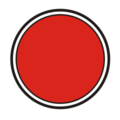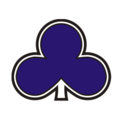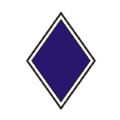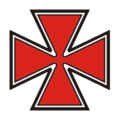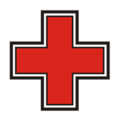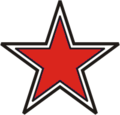The US Civil War is often referred to as the war between the Blue & Grey. But it was by no means so simple. Indeed, the prominent color of the basic Union uniform was blue, but many variations existed. Primary among these were those known as the Zouhaves (aka Zouaves). These were Union troops primarily from New York and Pennsylvania who wore brightly colored and elaborate uniforms based on a French-North African style – complete with a Fez hat in some cases.
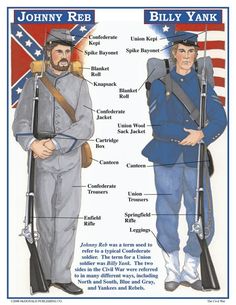
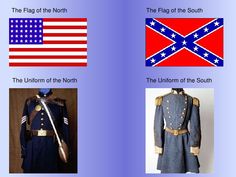
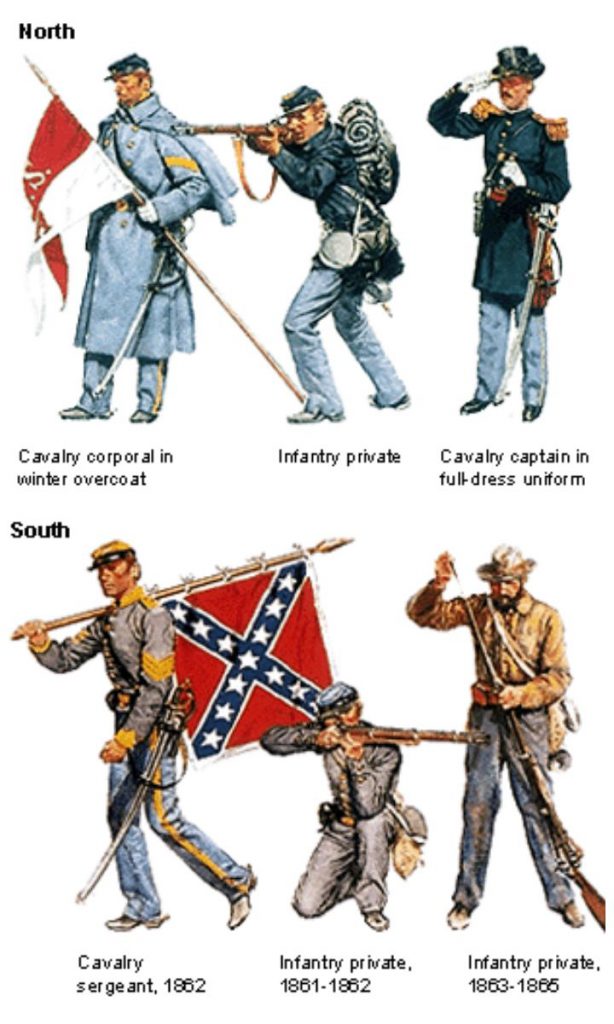
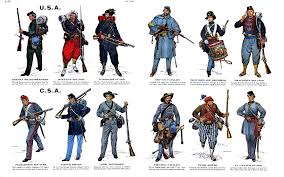
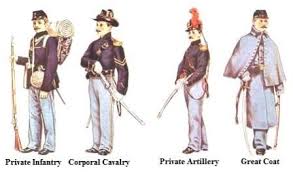
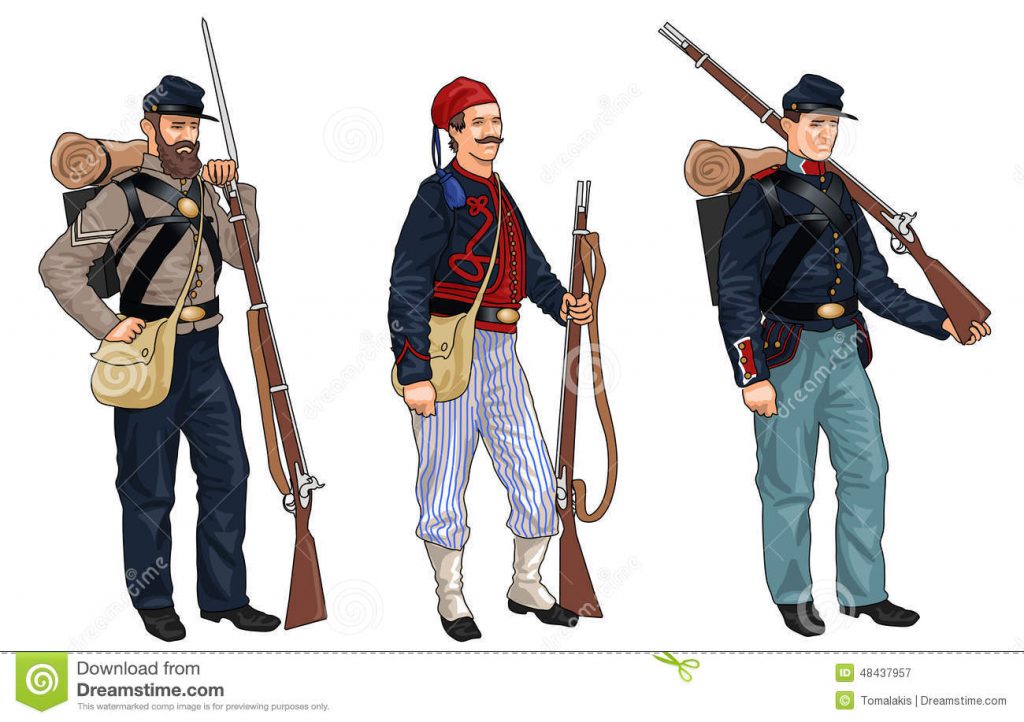
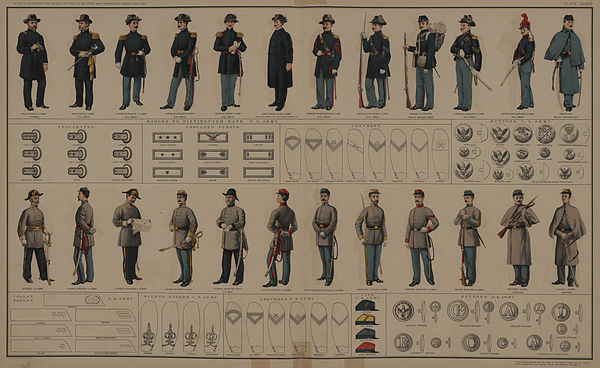
“There were ten Union Zouave regiments that participated in the Battle of Gettysburg: the 10th New York Infantry Regiment, the 41st New York Infantry Regiment, the 44th New York Infantry Regiment, the 73rd New York Infantry Regiment, the 146th New York Infantry Regiment, the 23rd Pennsylvania Infantry Regiment, the 72nd Pennsylvania Infantry Regiment, the 95th Pennsylvania Infantry Regiment, the 114th Pennsylvania Infantry Regiment, and the 155th Pennsylvania Infantry Regiment (which did not become a Zouave regiment until 1864).
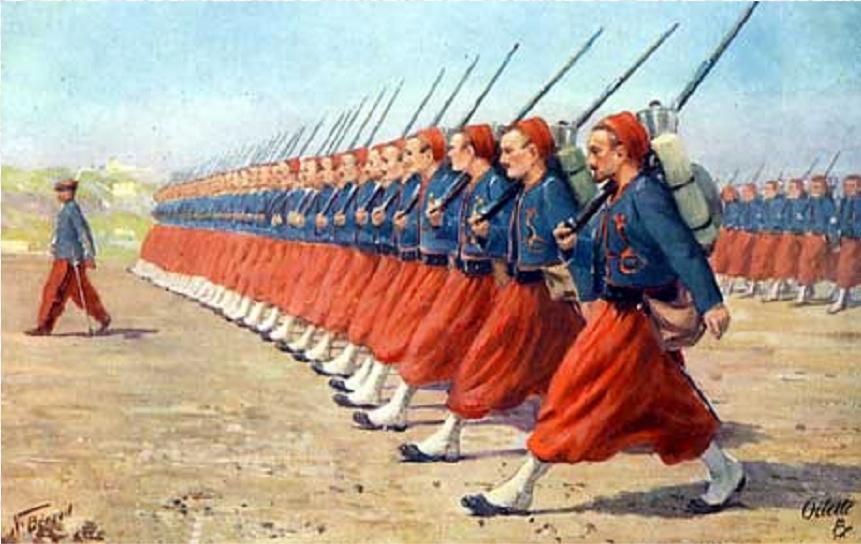
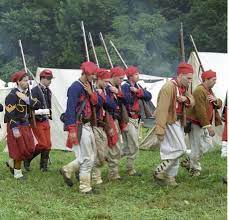
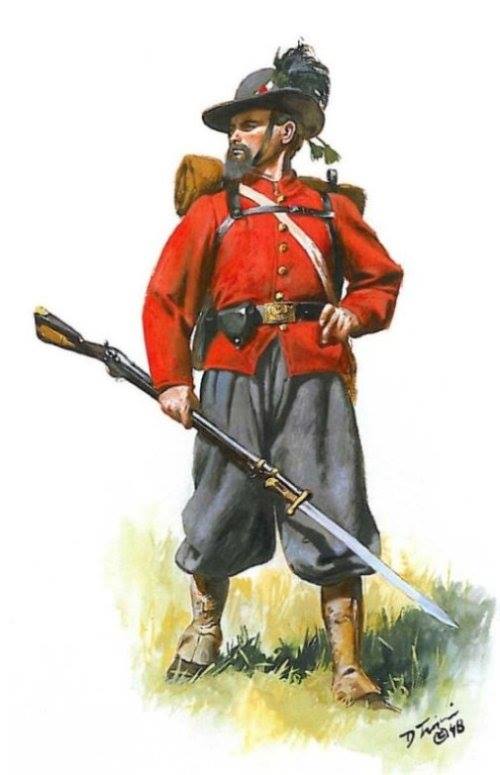
As the war wore on, many of the regiments had discarded all or most of their colorful Zouave uniforms as impractical and by the summer of 1863 for the standard Union uniform, but generally speaking, three regiments did appear in full Zouave or Zouave-inspired uniforms at the Battle of Gettysburg: the 84th New York Infantry Regiment (14th Brooklyn Infantry Regiment), the 146th New York Infantry Regiment, and the 114th Pennsylvania Infantry Regiment, while a few others wore a “mix” (like the 95th Pennsylvania Infantry Regiment, which had retained only the Zouave jacket).
As opposed to a simple grey, the CSA enlisted men’s uniforms were often referred to as Butternut. The CSA was often unable to actually issue a uniform to its men. Often times, they simply wore they own clothing. But more neutral or drab colors (butternut) prevailed.
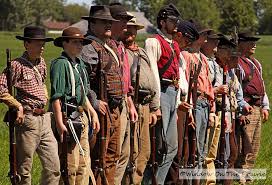
CSA Officers, however, almost universally wore a light grey uniform. On both sides, however, the officers had a great leeway in the design and tailoring of their uniform. Some went to extreme lengths to be distinctive. CSA officers often wore a brightly colored waist sash.
Colors to identify the various functions were also widely used. Blue for Infantry, Red for Artillery, and Yellow for Cavalry were the most common.
Hats were also a way units were identified and not just by the colors. The infamous Union Iron Brigade wore a distinctive black ‘Hardie hat’ with its up-turned brim and large black feather.
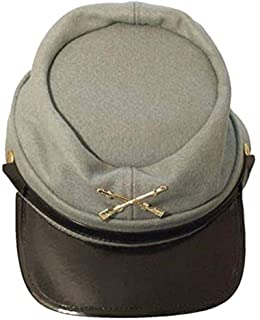
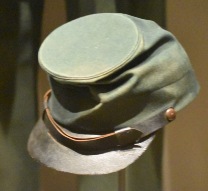
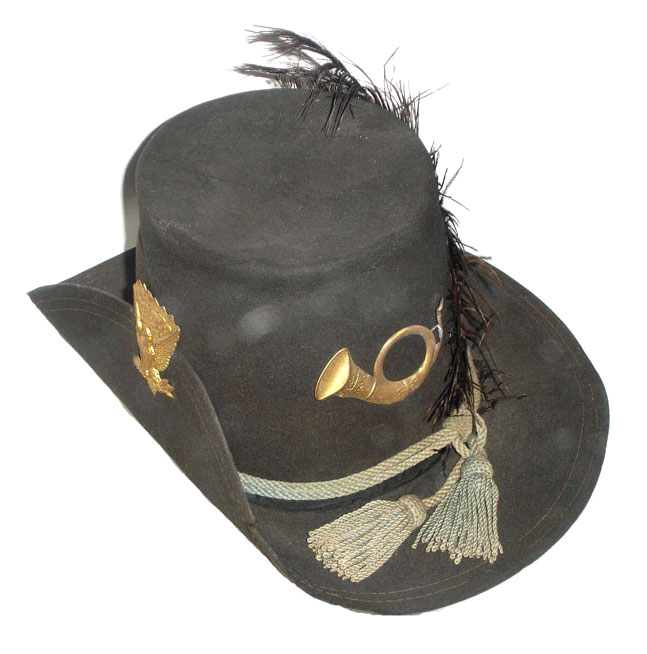
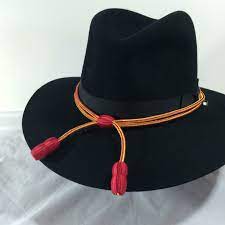
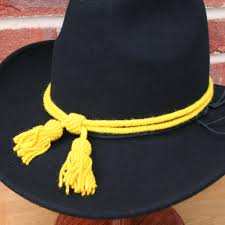
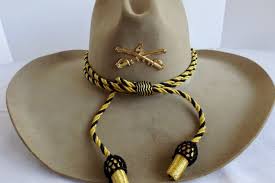
Almost all Union infantry were issued a knapsack in which they carried their personal belongings and some basic gear. CSA soldiers usually had to roll such items into their blanket and carry it slung across their back. Shoes were quite a different matter. The Union soldiers were almost universally issued a fairly sturdy shoe – not exactly a ‘combat boot’ – but a high-topped shoe. As often as not CSA infantrymen marched barefoot for lack of factories in the South to produce enough footwear.
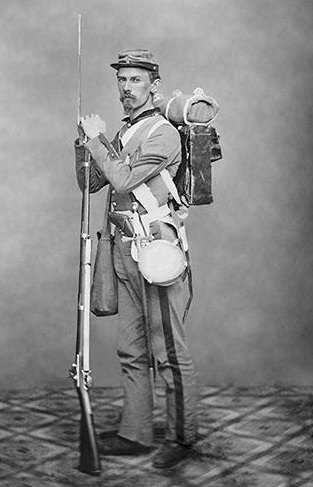
STANDARDS
While some uniforms were uniquely distinctive, they were not sufficient to allow for proper command and control during a battle. In this era, the unit flag — more properly called a standard — was a means to rally the men of a particular unit. At higher echelons, such flags allowed messengers to locate key personnel such as the Brigade, Division or Corps commanders. Especially at the regimental level, these standards were precious to the men. To be chosen as the standard bearer was an honor. But these men were also prime targets. Should the bearer be eliminated or the flag itself captured, that unit’s usefulness was reduced. Some of the most oft told tales are of the number of men in a given encounter that fell while bearing the flag. When such occurred, another soldier would immediately seize the flag to keep it visible.
Men would go to great lengths to keep their unit’s standard from falling into enemy hands. On 1 July, the 19th Maine Infantry was acting as the rear guard as other First Corps units withdrew. When it became apparent that they would likely be overrun, they are said to have cut their standard into pieces and distributed them among the men in the hopes of keeping it out of enemy hands.
Over the years, as the need for such flags as a means of command and control diminished, the designs on these flags evolved into the distinctive shoulder patches of the units. Below are examples of the Corps-level flags that were in use during this battle: 1st, 2nd, 3rd, 5th, 6th, 11th and 12th
